There are few better locations to resist la rentrée than the wilds of Exmoor. The late August heather and gorse. The hidden coves. The bracken and this year’s superb crop of blackberries. Then the rain. So much rain (though of course the reliably incompetent South West Water still has a hosepipe ban in place). The only blot on the landscape remains Damien Hirst’s ill-conceived 65ft statue of ‘Verity’ – a flayed pregnant woman, with her innards on show, standing on a pile of books and holding a sword – which dominates Ilfracombe’s harbour. It exemplifies the worst of public-private art, lacking any meaningful connection to the history or culture of north Devon. Apparently this pointless grotesque is on loan for ten more years, but I think the burghers of Ilfracombe should say enough is enough.
This summer I was lucky enough to take a 100-mile walking safari across Kenya’s Tsavo National Park. The trek started at 7 a.m. each day, and we marched in silence for four hours, past hippos and water buffalo, tracing leopard spoor and spotting giraffes. The legacy of the conservationist Richard Leakey and the Kenya Wildlife Service’s heroic war on poaching means that elephant numbers grow by about 500 per year. Our journey concluded on the Indian Ocean island of Lamu where, from the carved doors to the seafront arcades, the material culture of colonialism – Portuguese, Omani, British – complements the indigenous Swahili design. The collection of the Lamu Old Town museum includes an entire public square which cannot be used ‘without the permission of the curator’.
Lamu’s most celebrated haunt is the Hotel Peponi, which the Kenyan-Danish hotelier Lars Korschen helped his parents turn from a boho guesthouse into an elegant celebration of East African style, culture and cuisine. Ten years after his death, his wife Carol and daughters run the hotel. When it was time to watch the Lionesses battle it out against Spain in the World Cup final, Carol didn’t think twice about opening up her own apartment for an afternoon of TV and Tusker lager.
I was sorry to see Hartwig Fischer depart as director of the British Museum, following the reported theft of various stored items. His honourable resignation shows how seriously museums take the care of public collections. Some commentators have mistakenly concluded that the fault lies with museums abandoning their core mission by focusing on building new audiences, updating interpretation and challenging nostalgia. But museums are places of learning and discovery, not object mausoleums, and they should open up the past to new understanding. For the very best of Hartwig’s directorship, see the exhibition ‘China’s hidden century’, now on, which has the 1842 Treaty of Nanjing on display (that concluded the first opium war and established Hong Kong as a colony) and also brilliantly recounts the courtly, imperial and commercial history of late Qing China.
At the V&A, the finest textile conservators and mannequin mounters, curators and technicians have been hard at work preparing our autumn blockbuster, Gabrielle Chanel: Fashion Manifesto. It promises fascinating revelations about Chanel’s complex life and her transformative contribution to female fashion. When in 1970 a brave V&A curator first visited the eightysomething couturier in rue Cambon to beg a Chanel ensemble for South Kensington, she was lambasted from the top of the famous glass staircase, ‘If the museum can afford to buy a Chippendale, it can buy one of my tailleur!’ If only we could buy a Chippendale.
The August Bank Holiday is a moment to be grateful I am not still performing at the Edinburgh Festival Fringe – those draining weeks handing out fliers on the Playfair Steps, scouring for coverage in the Scotsman, eating fry-ups at the City Café, the sound of the Tattoo and the smell of hops. One year our play’s finances were so bleak that I took the takings to the York meet for the day, hoping to recoup our losses. I arrived back in time for the opening act, having had no success whatsoever on the horses.
Summer ends with a pint at the Poltimore Arms, deep in the Devon moors, a pub with more than a hint of Withnail and I’s Crow and Crown Bar. The landlord, Steve Cotten, runs this off-grid, single-barrel, community-focused and idiosyncratic pub. He might just be the one person willing to take ‘Verity’ off Ilfracombe’s hands.
Got something to add? Join the discussion and comment below.
Get 10 issues for just $10
Subscribe to The Spectator Australia today for the next 10 magazine issues, plus full online access, for just $10.
Tristram Hunt is the director of the Victoria & Albert Museum.
You might disagree with half of it, but you’ll enjoy reading all of it. Try your first month for free, then just $2 a week for the remainder of your first year.

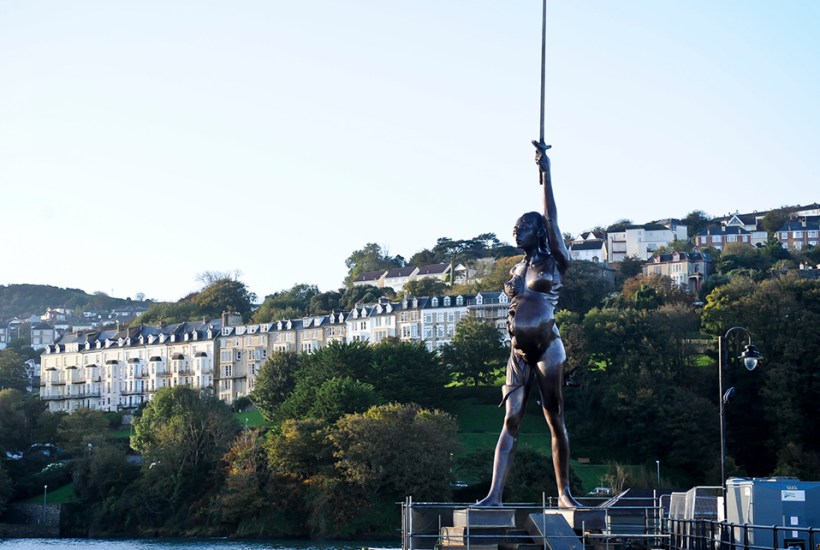
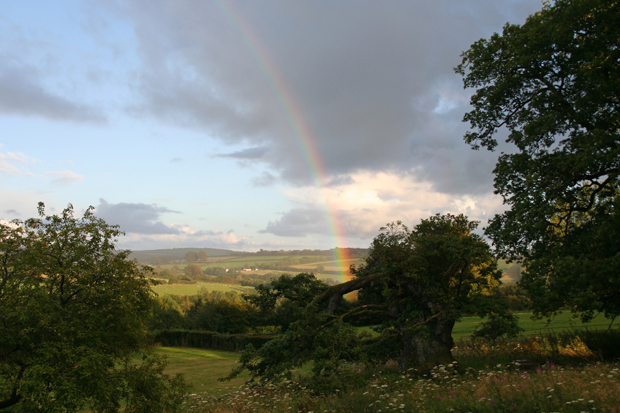
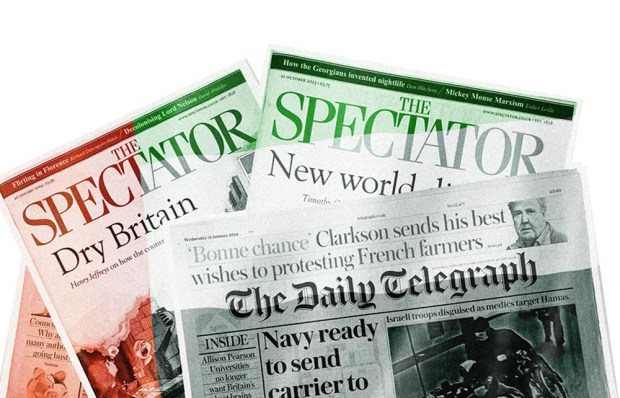
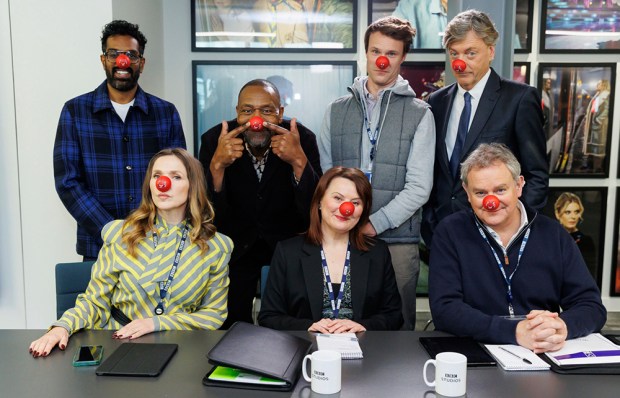
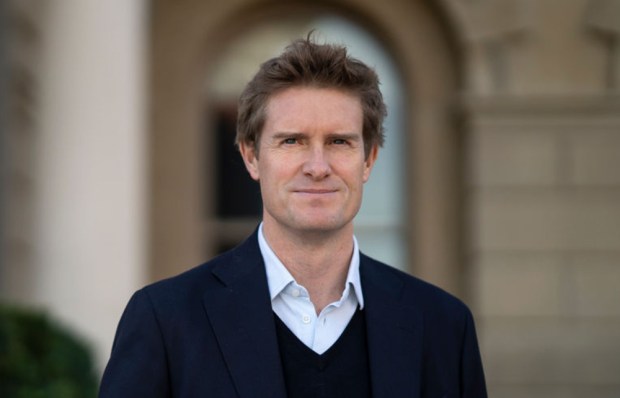
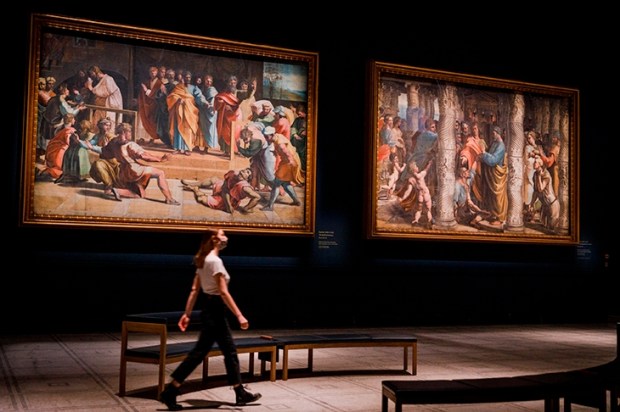
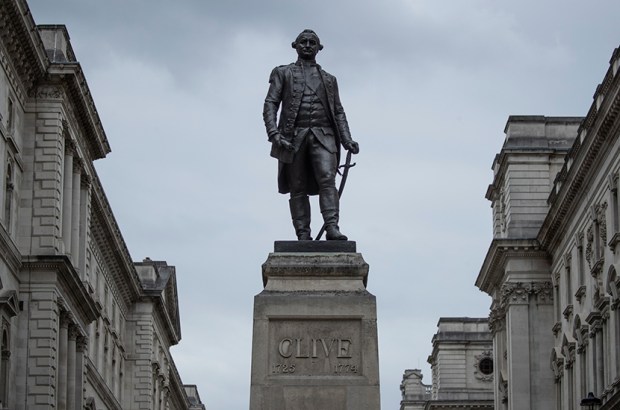






Comments
Don't miss out
Join the conversation with other Spectator Australia readers. Subscribe to leave a comment.
SUBSCRIBEAlready a subscriber? Log in